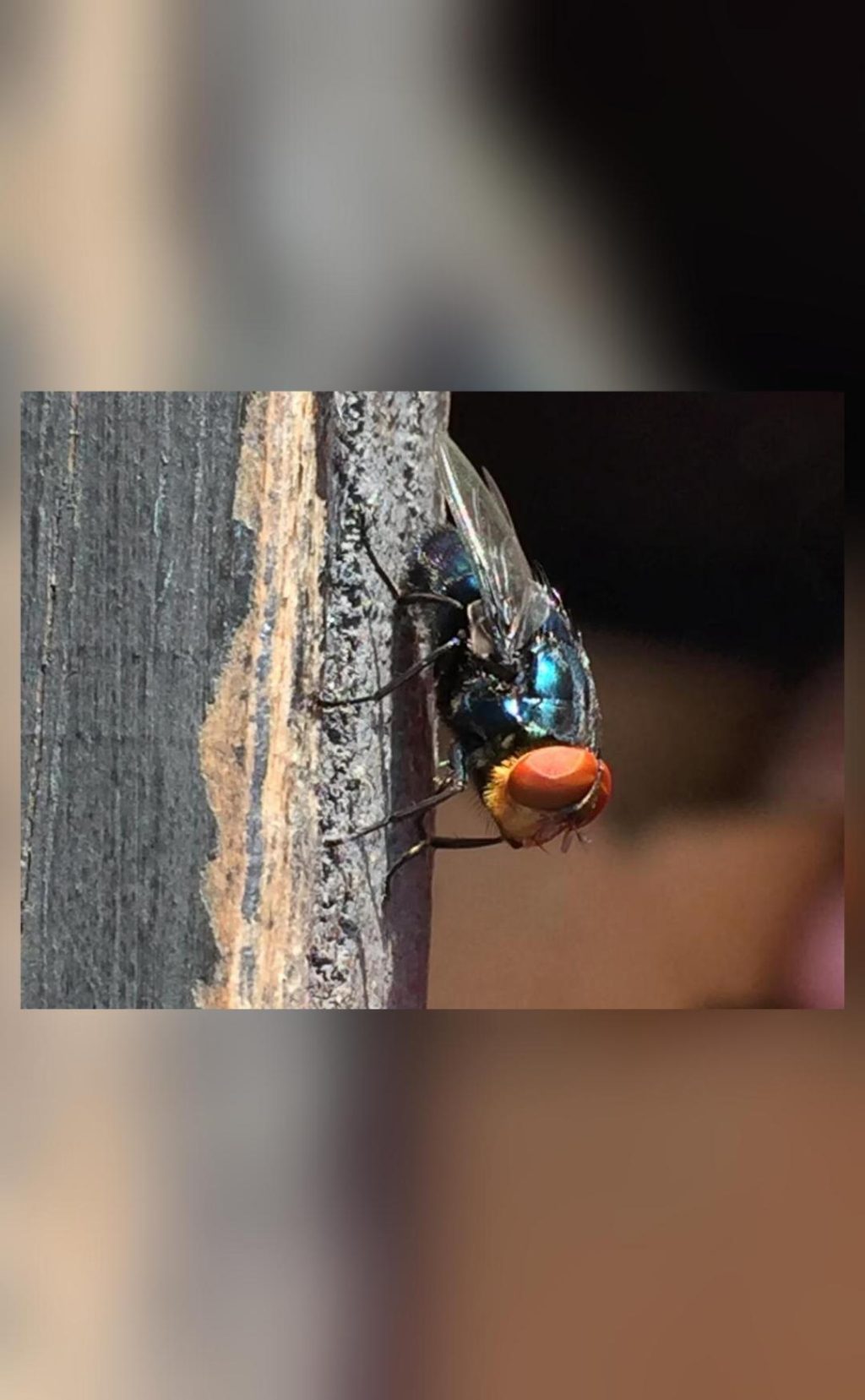
Why is US planning to breed screwworm flies & dump them from planes over Mexico?
In a bizarre plan to protect its beef industry from the flesh-eating larvae of the New World screwworm fly, the US government is preparing to breed billions of male flies and dump them from planes over Mexico and southern Texas. The male flies will be sterilized with radiation so that they cannot reproduce with female flies and cause the population to die out. This unorthodox method of population control is aimed at eradicating the screwworm fly, which is a significant threat to the cattle industry in the region.
The New World screwworm fly, also known as Chrysops atlanticus, is a parasitic insect that lays its eggs in the open wounds of mammals, including humans and animals. The larvae that hatch from these eggs feed on the flesh of their hosts, causing significant damage and even death. The screwworm fly is native to Central and South America, but it was accidentally introduced to the United States in the 1950s through the importation of infected animals.
The US Department of Agriculture’s (USDA) Animal and Plant Health Inspection Service (APHIS) has been working with the Mexican government to develop a plan to eradicate the screwworm fly from the region. The plan involves breeding billions of male screwworm flies, sterilizing them with radiation, and releasing them over Mexico and southern Texas.
The sterilized male flies will mate with female flies, but since they are incapable of reproduction, the population will eventually die out. This method is known as the Sterile Insect Technique (SIT), which has been used successfully in the past to control and eradicate various insect pests.
The SIT method is not without its challenges, however. For one, it requires a significant amount of resources and infrastructure to breed and sterilize the millions of flies needed for the release. Additionally, the method relies on the ability to accurately target the areas where the female flies are most likely to be found, which can be a difficult task.
Despite these challenges, the USDA and the Mexican government are moving forward with the plan. They have already begun breeding the screwworm flies in large numbers and are preparing to release them in the coming months.
The plan has been met with some skepticism and concern from environmental groups and local communities. Some have raised concerns about the potential impact of releasing large numbers of sterilized flies on the local ecosystem. Others have expressed concerns about the potential for the flies to escape and establish themselves in other areas.
However, the USDA and the Mexican government are confident that the plan will be effective in eradicating the screwworm fly from the region. They point to the success of similar SIT programs in the past, including the eradication of the Mediterranean fruit fly from the United States in the 1970s.
The eradication of the screwworm fly is not just important for the cattle industry, but also for human health. The fly’s larvae can cause significant damage to humans, particularly in rural areas where access to medical care may be limited. By eradicating the fly, the risk of screwworm infestations and the subsequent damage they cause will be significantly reduced.
In conclusion, the US government’s plan to breed screwworm flies and dump them from planes over Mexico and southern Texas is a unique and unorthodox method of population control aimed at eradicating the New World screwworm fly. While the plan has its challenges and may raise some concerns, it has the potential to significantly reduce the risk of screwworm infestations and the damage they cause. With the support of the Mexican government and the expertise of the USDA, the plan is expected to be a success and help protect the cattle industry and human health in the region.



